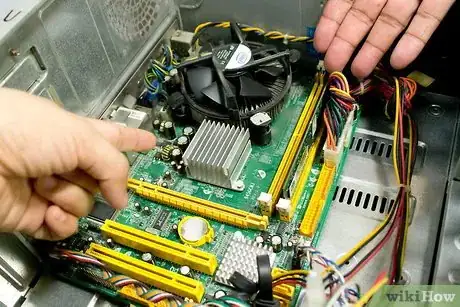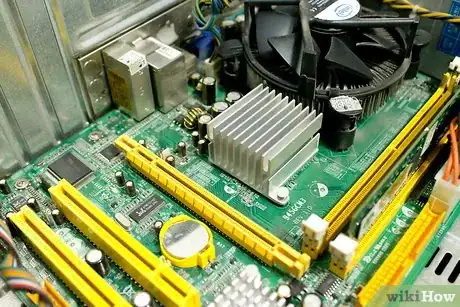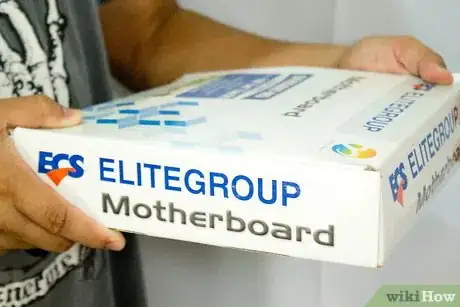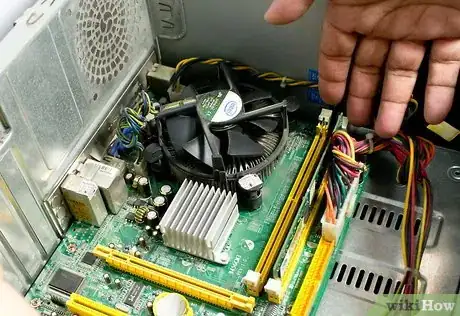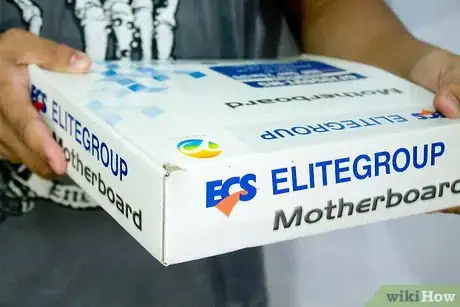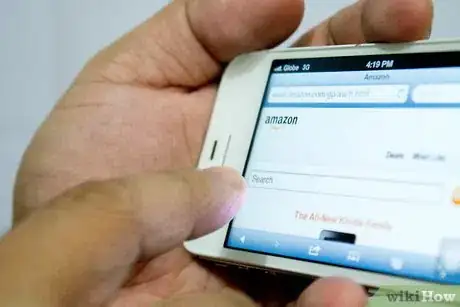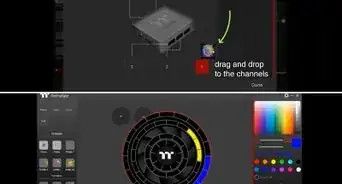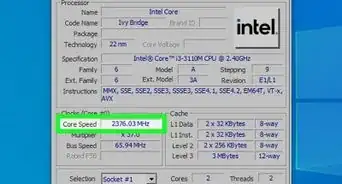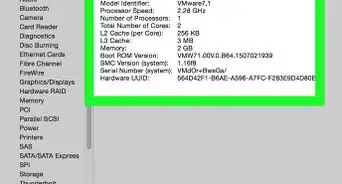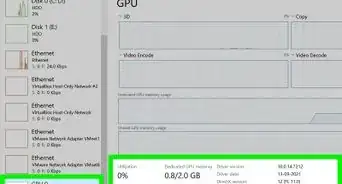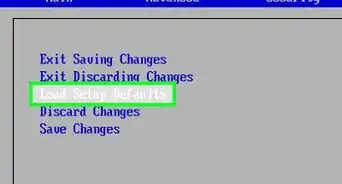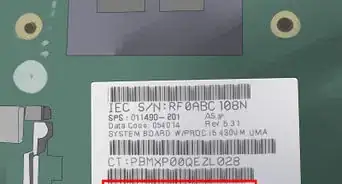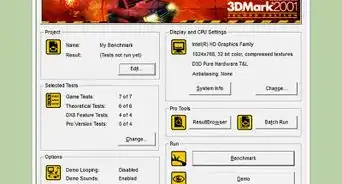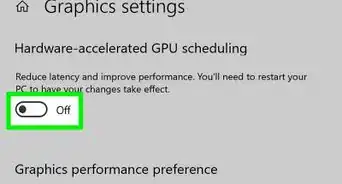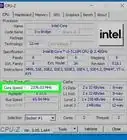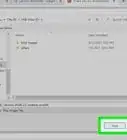wikiHow is a “wiki,” similar to Wikipedia, which means that many of our articles are co-written by multiple authors. To create this article, 9 people, some anonymous, worked to edit and improve it over time.
This article has been viewed 63,104 times.
Learn more...
Motherboards and old computers contain hazardous materials and toxic waste; such as mercury, lead, aluminum, and more. When you dispose of motherboards, this toxic waste is released into the environment, and can often be exposed to ground water and soil. These chemicals can then potentially cause humans to suffer from health conditions such as respiratory failure, cancer, issues with reproduction, and more. To prevent this toxic waste from causing harm, you can recycle your motherboards using one of several methods. Continue reading this article to learn of the many methods for recycling your motherboards and old computers.
Steps
Recycling Methods
-
1Take your motherboards to an e-waste recycling center. An e-waste recycling center will responsibly break down the motherboard and safely dispose of the parts that contain toxic waste.
- Visit the "Techsoup" website provided to you in the Sources section of this article, then click on either the "Earth911" or "Dell-Goodwill Reconnect" links on the web page to find e-waste recycling centers in your area.
- If you do not have Internet access, find the nearest e-waste recycling center by calling Earth911 at 1-800-253-2687. Currently, there is no telephone contact information for Dell-Goodwill Reconnect.
-
2Take your motherboards to a major retail chain that specializes in computers and electronics. Many major retail stores will recycle your motherboards either for free or for a small fee. Examples of participating retail chains that will recycle your motherboards are Best Buy and Staples.
Refurbisher Methods
-
1Send your motherboard back to the manufacturer. In most cases, the computer manufacturer can repair or upgrade the motherboard, then place it in a used or refurbished computer. They may also recycle the motherboard and use the materials to create a new motherboard.
- Consult with the manufacturer of your motherboard to determine if they are accepting used or outdated motherboards.
-
2Take your motherboard to a computer refurbisher. A computer refurbisher can often repair your motherboard and place it in another computer for reuse.
- Look for local computer refurbishers in your telephone directory, or type keyword phrases into a search engine that designate your location, such as "Las Vegas Nevada computer refurbisher" or "motherboard refurbishers Las Vegas Nevada."
Sell your Motherboard
-
1Advertise your motherboard for sale in local classified ads. Local newspapers, magazines, and websites such as Craigslist or eBay Classifieds can be taken advantage of for selling your motherboard to a refurbisher, computer hobbyist, or to a person who enjoys making crafts from electronics.
-
2Post your motherboards for sale on websites that attract a nationwide or global audience. Some individuals may be looking for a motherboard of a specific make and model, or style.
- Sell your motherboard on major retail websites such as Amazon, or post it for sale on auction-style websites such as eBay.
Community Q&A
-
QuestionWhat parts of a motherboard can I recycle?
 Community AnswerYou can recycle all of it, from top to bottom.
Community AnswerYou can recycle all of it, from top to bottom. -
QuestionIs any of my personal information still contained on a defunct motherboard that I have had replaced in my computer?
 Community AnswerOn older motherboards, the board itself should contain almost zero personal information. Be sure to remove any hard drives or solid state drives, including newer types of storage like NMVe or M.2 devices mounted into the expansion cards. If you used a BIOS-based system password (that appears as soon as you power on the machine, before Windows boots), this will be stored on the flash ROM, which is often removable. Newer boards have a Trusted Platform Module (TPM), which contains a private key, which might have been used to encrypt your drives or verify software. Some TPMs are removable. If there's no TPM or BIOS password, your board should not contain any personal information as far as I know.
Community AnswerOn older motherboards, the board itself should contain almost zero personal information. Be sure to remove any hard drives or solid state drives, including newer types of storage like NMVe or M.2 devices mounted into the expansion cards. If you used a BIOS-based system password (that appears as soon as you power on the machine, before Windows boots), this will be stored on the flash ROM, which is often removable. Newer boards have a Trusted Platform Module (TPM), which contains a private key, which might have been used to encrypt your drives or verify software. Some TPMs are removable. If there's no TPM or BIOS password, your board should not contain any personal information as far as I know.
Warnings
- If you want to recycle an outdated motherboard from an older computer model, contact the e-waste recycling center to verify that they will recycle the motherboard. Some e-waste recycling centers may have specific recycling policies and procedures in place for older motherboards.⧼thumbs_response⧽
